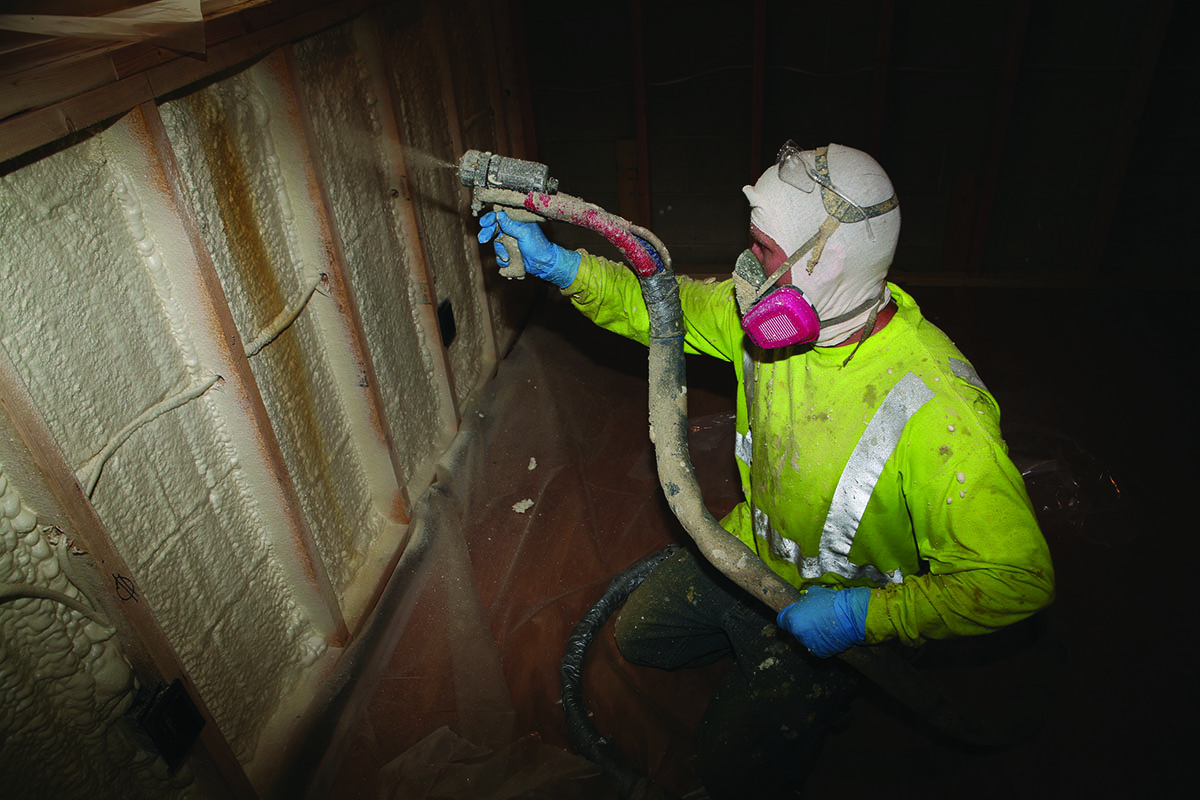For more than 40 years politicians have argued that consumers don’t efficiently conserve energy. Thus, it is said, households must be told how much to consume, or induced with subsidies to behave efficiently. New research (Fowlie et al., 2018) on government weatherization programs reveals that politicians, not consumers, need lessons on efficient energy consumption.
The nation’s largest residential energy efficiency program is the Weatherization Assistance Program (WAP), administered by the U.S. Department of Energy. It has provided more than 7 million low-income consumers with financial aid since 1976 to improve household insulation, seal windows, and upgrade furnaces. The conventional wisdom is that consumers underinvest in weatherizing their homes because they either fail to perceive the full energy savings or cannot afford the upfront investment. The Weatherization Assistance Program purports to eliminate this “efficiency gap” between the investment consumers make and the amount they should make. And, program supporters say, the result is conservation of resources, less air pollution, and lower greenhouse gas emissions.
Despite any real evidence that WAP produces efficient energy conservation, the American Recovery and Reinvestment Act of 2009 dramatically expanded the scale and scope of the program: Annual funding increased tenfold, to $5 billion, and the number of eligible households grew sharply. Fowlie and her co-authors realized this expansion of WAP created an opportunity for a definitive study of the program’s effectiveness. To achieve this, they conducted a randomized controlled trial—the recognized “gold standard” for experiments in all disciplines that study human behavior.
It is difficult to accurately evaluate government programs when participants are not randomly selected. In the case of WAP, some households who sign up may have planned to cut energy use regardless of the program; others may enroll because they no longer wanted to fuss with setting their thermostats correctly. Depending on the mix of those who actually participate, the estimated energy savings from the program may be under- or overestimated.
To avoid these problems, the authors focused on 34,000 families eligible for WAP assistance under the 2009 program expansion. One-quarter of these households were randomly chosen to receive “treatment,” consisting of both encouragement and assistance in applying for funds. (This assistance was significant because the WAP application process is made onerous to minimize fraud.) The other three-quarters of the families received no help in the application process and were thus “untreated.” Differences in behavior between the treated and untreated households enable the authors to isolate the effects of the WAP on energy use. This in turn permits estimates of both the costs and benefits of the program.
The energy cost savings amounted to only about half of the cost of those upgrades. This explains why so many consumers often don’t spend their own money for such upgrades: to do so would lower their wealth.
There are three key findings. First, at the household level, the energy cost savings produced by the weatherization upgrades amounted to only about half of the cost of those upgrades. This explains why so many consumers often don’t spend their own money for such upgrades: to do so would lower their wealth. Equivalently, the so-called “efficiency gap” mentioned earlier seems not to exist: Consumers don’t invest more in energy conservation because they are already doing what is best for them.
Second, the WAP program selects and finances weatherization projects based on engineering models that predict energy savings that will result. The authors find that such model-based projected savings are roughly triple the actual energy savings of the WAP-financed upgrades. Because the authors find no evidence that WAP families keep their homes any warmer than non-participants, this chasm between projections and reality must stem from flawed models, not from overheated homes among those who weatherize. (For readers contemplating their own weatherization projects, take note: Your local utility uses the same faulty engineering models to predict how much you will save. Caveat emptor.)
Third, Fowlie et al. estimate the benefits of WAP to society as a whole. Here the authors measure not just the private benefits of weatherization upgrades (lower energy costs, cosier homes). They also account for the reduced air pollution and lower greenhouse gas emissions coming from lower energy use. Even allowing for these environmental benefits, WAP still comes up far short. The implied social rate of return to the program is -7.8 percent per year (yes, minus). If all of our investments offered negative returns such as this, it would take only nine years for our wealth to fall by half.
The Weatherization Assistance Program offers several lessons of broader applicability. Government policies are often based on models that have not been tested against reality. The result is overstated benefits and understated costs. The Superfund cleanup program is a spectacular example of this, but the regulatory record of the Environmental Protection Agency is replete with others. Moreover, when evidence accumulates that is inconsistent with the rosy predictions, politicians, pundits, and others routinely turn a blind eye to the facts. Instead, critics are referred back to the predictions as “evidence” of outcomes. Finally, the founding principle of WAP, as with many regulatory agendas, is that consumers are unable or unwilling to act in their own self-interest. There is no doubt that human frailties abound, but there is no evidence that politicians and regulators are less fallible than consumers. Moreover, despite our miscalculations and ignorance, humans have thrived for hundreds of thousands of years in a hostile environment. The difference today is that instead of saber-toothed cats and cave hyenas, we must outwit hucksters and do-gooders. The more things change, the more they stay the same.
Reference
Fowlie, Meredith, Michael Greenstone, and Catherine Wolfram. “Do Energy Efficiency Investments Deliver? Evidence from the Weatherization Assistance Program.” Quarterly Journal of Economics (2018), 1597-1644.




